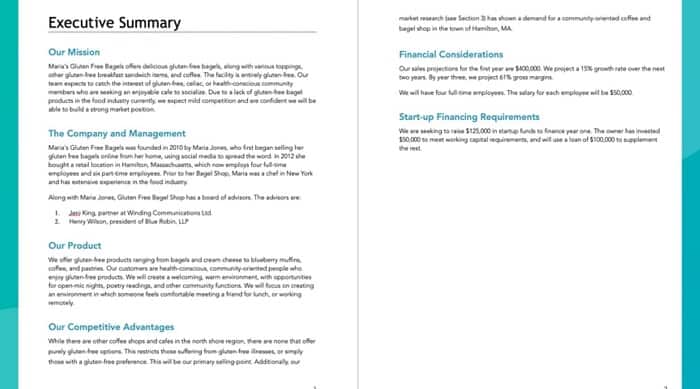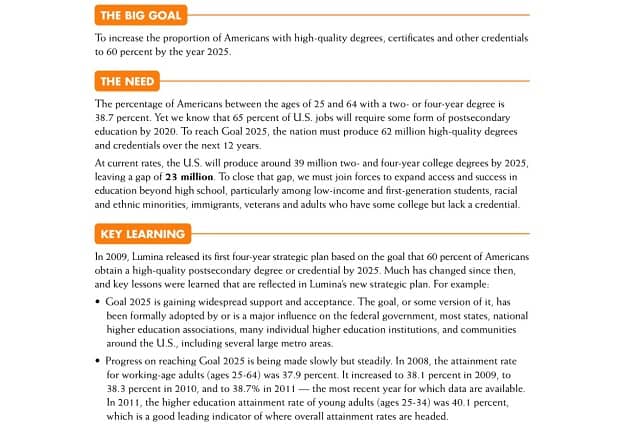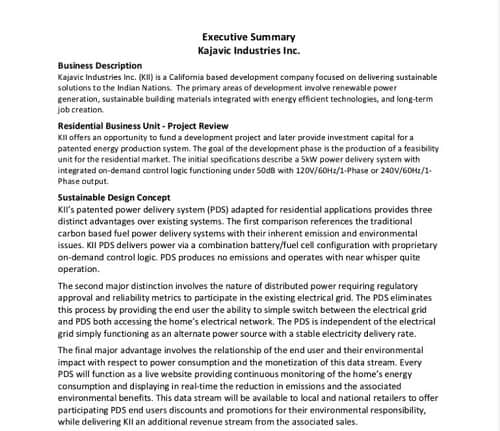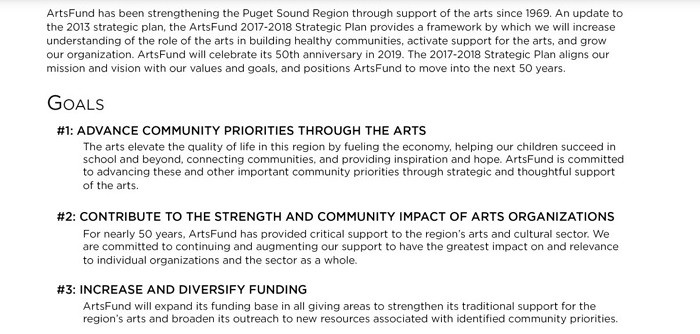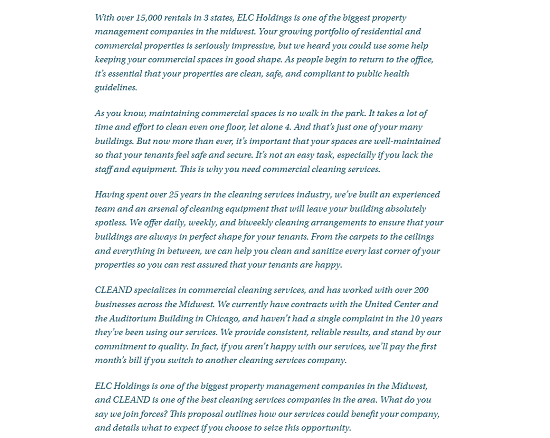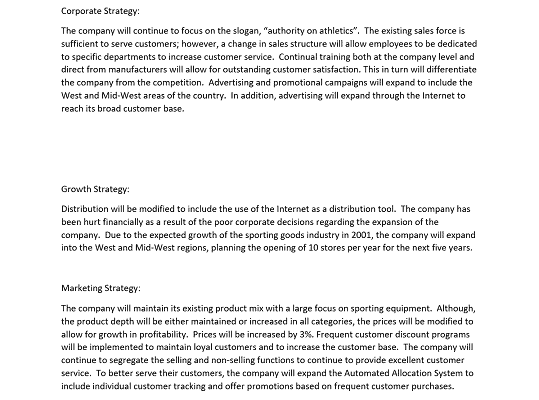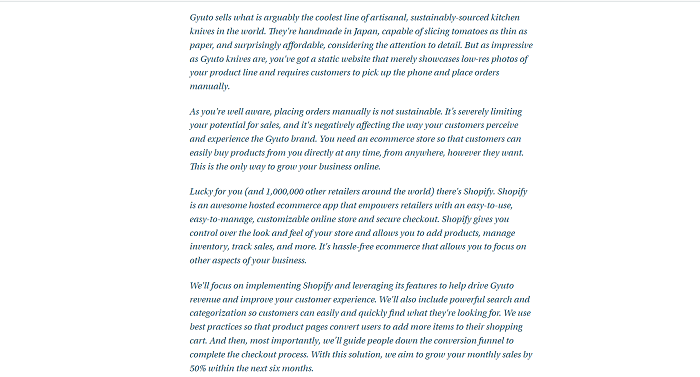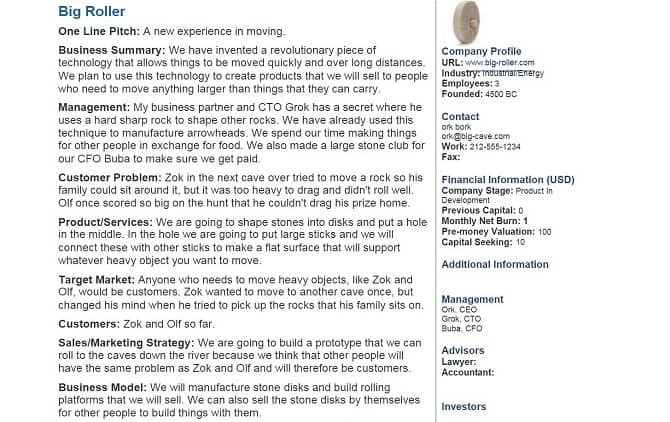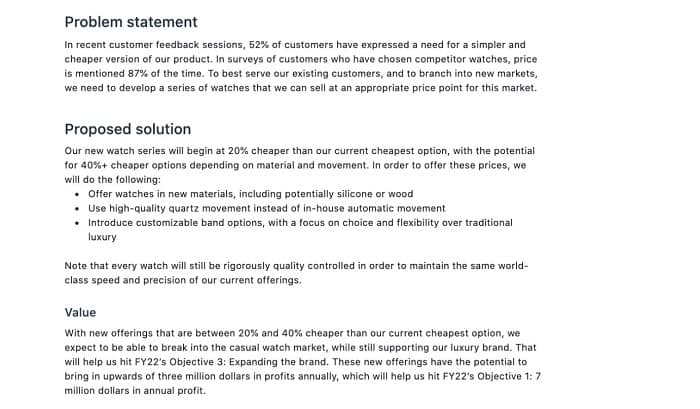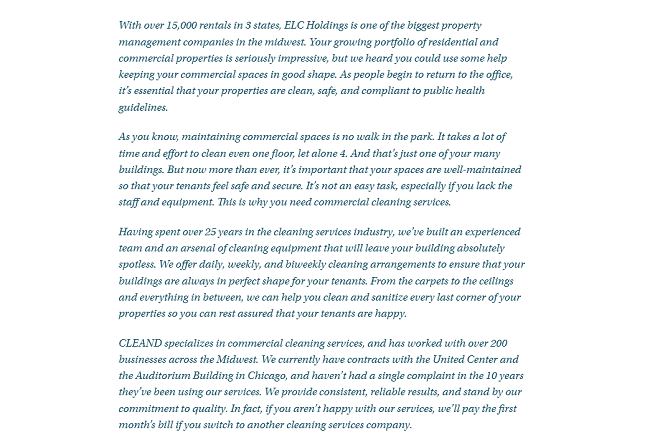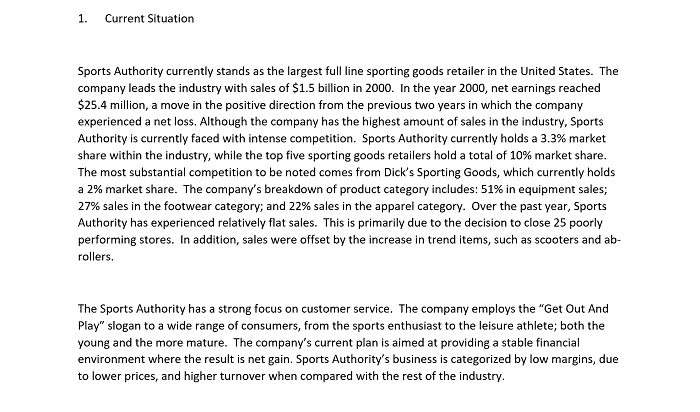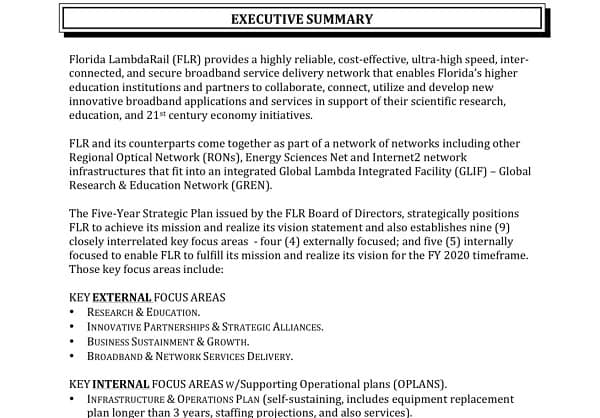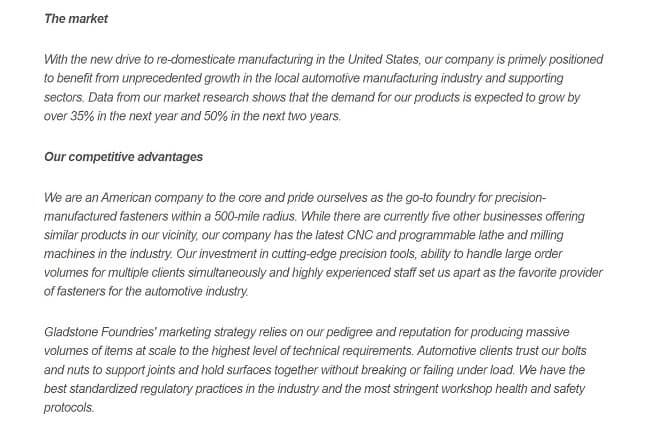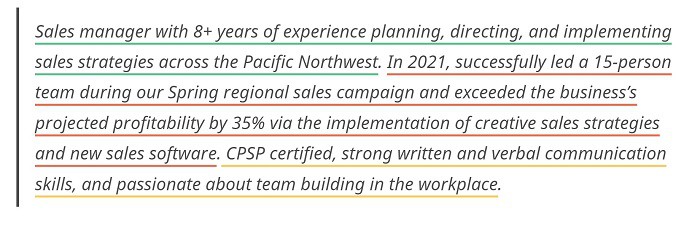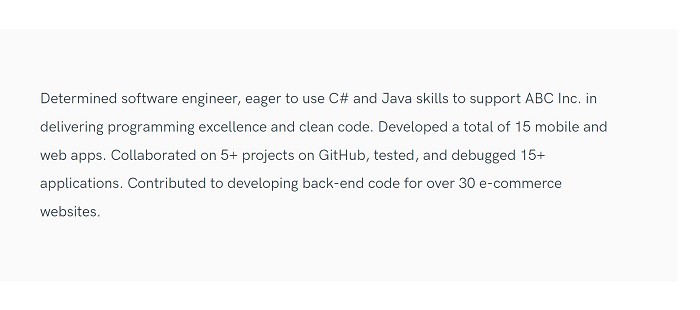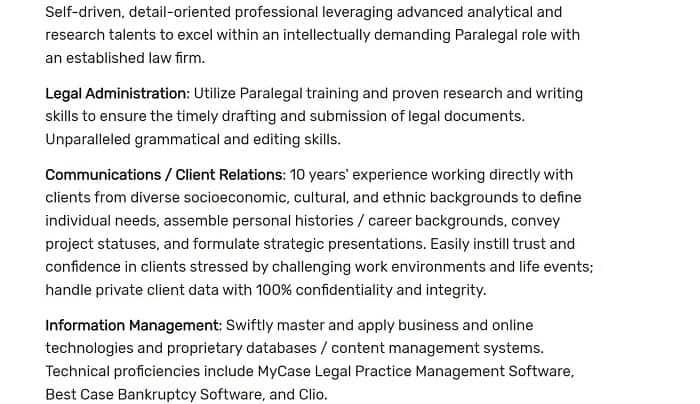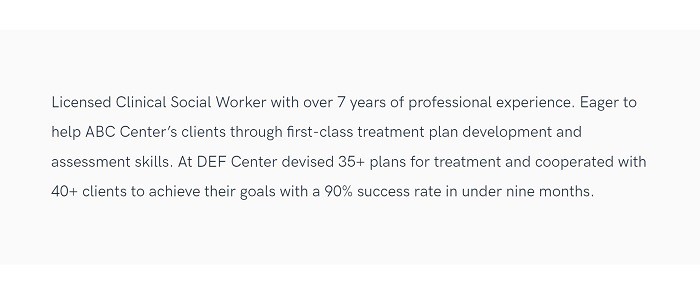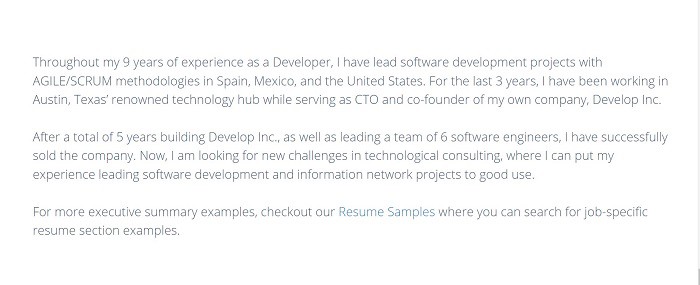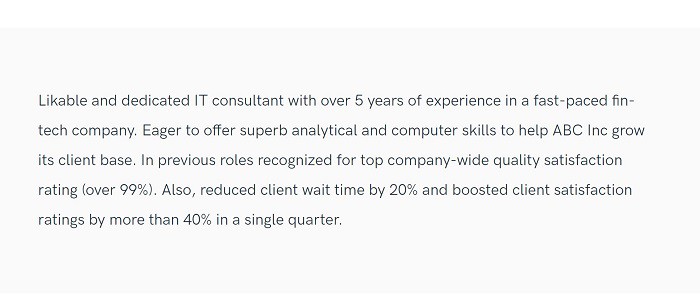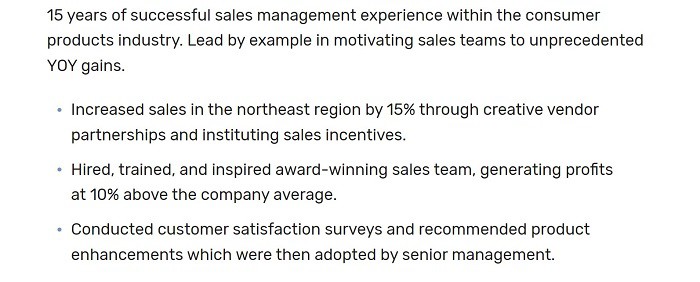An executive summary is an overview of a larger document that shares vital information that you want readers to know.
It basically summarizes the key points in the main document so that anyone who glances through it can quickly understand and familiarize themselves with the message you’re trying to pass across.
There are a variety of documents where an executive summary can come in handy. This includes project proposals, business plans, professional resumes, research reports, market surveys, and more.
Including a compelling executive summary in your document can increase the reader’s interest and encourage them to read the rest of the document.
It can also help to inform people who can’t afford to read the entire document by presenting all the relevant details they need.
Essentially, your executive summary can make or break your chances of getting that new job, grant, investment, or partnership deal, so it needs to be well written.
Also Read: Mission vs Vision Statement & Examples
Best Executive Summary Examples
In this article, we’re going to walk you through how to craft the perfect summary for different situations and documents by showing you examples of attention-grabbing executive summaries that you can draw inspiration from.
Let’s dig in.
1. Keep it short and concise
Your executive summary doesn’t need to go on forever. It can convey all the important information you want the reader to grasp while being brief.
Make sure it doesn’t include fluff or unnecessary details. If a statement doesn’t contribute to driving home the message that your business provides value and is primed for success, take it out.
This executive summary doesn’t fall into the trap of making specific promises, listing explicit tasks, or outlining due dates for achieving them. Leave that for your marketing and growth strategy and just focus on creating a summary that can stand on its own.
A reader should be able to find all the information they need to make a decision in your executive summary, without even needing to consult your overall business plan.
Explore: Best Mission Statement Examples
2. Tell your story
You want investors to understand why your business exists and what it’s about the moment they glimpse through your executive summary.
Providing answers to those questions will help readers get more excited about partnering with your company and diving into the rest of your business proposal or plan.
Don’t forget to include as many details as you can about your service or product. Don’t be intimidated by the simple nature of your offering.
Your product or service doesn’t have to offer a solution to world hunger, it just needs to solve a particular problem for your intended customers. Help your readers feel like they relate to your business and they’re more likely to buy into your offer.
Also Read: Best Short Professional Bio Examples
3. Describe your future goals
It’s not out of place in an executive summary to share the milestones that your business hopes to accomplish in the future. In fact, this is extremely important if you’re in an industry that’s complex in nature or highly saturated.
Is your objective to increase profitability and sales revenue? Do you plan to break even by the second year and raise profit margins every year for the next decade?
Or maybe you want to grow your customer base from thousands to billions and become the number one player in your niche? Make sure you outline the goals you want to achieve in your summary, as well as where you currently are on the journey towards them.
4. Focus on your product or service value
With section after section, this example keeps the light on the company and its products. It starts with a brief description of what the business does and why it matters.
Next, it delves into what it wants to accomplish with the project it’s seeking funding for. And then it goes on to describe the value it provides and why its product is better than those of its competitors.
While your company doesn’t need to solve a larger social, economic, or environmental problem like climate change and sustainability, it has to solve a need that customers have or take advantage of a market opportunity example is a good way to go about it.
In trying to persuade them, pay more attention to the facts and not just the words you use to phrase your message. It’s the content of your summary that’s going to do the trick, not the tone.
Using facts that you can back up to prove your experience and growth potential is far more effective than merely asserting your excellence.
Explore: Top Weaknesses List & Examples
5. Use a positive tone
Since the point of an executive summary is to persuade the reader as to why you’re a worthy investment, strive to use language that’s confident and assertive. Swap out weak words like “could” and “would” for stronger words like “will” so the reader won’t be left with any rock to doubt your competence.
By maintaining an optimistic outlook you can really impact how the reader views your report, and in turn, comes to see your business.
6. Be persuasive
If what you want is to get prospective investors to keep reading and ultimately convince them to sow their money into your business, this example is a good way to go about it.
In trying to persuade them, pay more attention to the facts and not just the words you use to phrase your message. It’s the content of your summary that’s going to do the trick, not the tone.
Using facts that you can back up to prove your experience and growth potential is far more effective than merely asserting your excellence.
7. Organize sections based on strengths
There are no set rules when it comes to how you structure the content of your summary. Just make sure that you prioritize and emphasize the most important points.
Place the parts of your summary that you want to draw the most attention to at the beginning or middle point just like in this example. The paragraphs that follow should also address your other points in order of importance.
This will give your summary cohesion and a more logical flow. To top it off, it’d also make it easier to read.
Also Read: Best Professional Twitter Bio Examples
8. Tailor it to your audience
If your core purpose is to wow the reader and get them to take the next step with you, fashioning your executive summary after this example will prove highly effective.
The summary keeps a laser focus on the audience from start to finish. It shows how well it knows the prospective client by talking positively about what Gyuto does.
Then it goes on to identify Gyuto’s needs, offer a solution for these pain points, explain why the solution is the best, and how it intends to accomplish the goal. Finally, it closes with an interesting call to action.
Your summary should highlight exactly what the audience wants to see: why your company is the right one for the job and how exactly you intend to help them reach their goals. Do this and you’ll have won their attention even before they get to your proposal itself.
9. Maintain a straightforward approach
Another way to approach your executive summary is to be direct and to the point. Don’t waste time weaving a preamble, just jump right in and explain why your business or organization is about and what the project you’re proposing is meant to achieve.
Use brief paragraphs to communicate your points and apply subheadings and bullet points generously to make your summary easy to scan while keeping the appearance clean and professional.
Adding illustrations like a graph, chart, or even a product image can also be a compelling addition.
10. Research intensive
Building your executive summary around strong research and facts can make it more compelling to readers, as this example perfectly demonstrates.
It starts by presenting two fascinating statistics that are sure to grab the reader’s attention and get them to keep reading.
The company doesn’t just expect people to take their word for it that making a cheaper watch series is a prudent and profitable decision, they provide stats to back up their aspirations throughout.
Even though your business plan will address all the points in detail, it’s still important to include the key findings and tastiest bits of information in the summary. The aim is to impress and nothing raises more confidence in a subject as research and statistics.
11. Highlight previous experience or specific industry expertise
In this example, uGrow does a fantastic job of addressing the issues that the audience of Pete Pizzeria has, and it proposes targeted solutions and outcomes to establish the reputation and trustworthiness of the company.
It also leverages social proof to illustrate how the business has helped past clients successfully increase their sales.
Take a cue from them and use your summary to sell yourself. Show your audience that you know what you’re doing, so include social proof and past results wherever you can to demonstrate how past clients have profited from your work.
You don’t have to add an entire case study to make your point. Keep it brief and just reference the information that’s going to come later in your proposal.
12. Capture attention through your opener
Opening your summary in an engaging and compelling way is pretty much guaranteed to win your readers’ attention and get them interested in what you have to say. Rather than droning on about your company, focus on talking about the value you provide.
Help potential clients see that pitching their tent with you would be a unique opportunity for them that promises impressive returns on investment. Remember that the introductory part of your summary is your chance to hook the reader and reel them in.
If you fail to get them excited, they’ll probably not read the rest of your summary or bother checking out the main proposal.
13. Keep it simple and jargon-free
As this executive summary example shows, you can talk about your company, product, services, and intentions in a language that is easy for anyone to understand.
Even if you work in a complicated industry, avoid using technical language, jargon, and industry buzzwords that people outside of your field might not know.
Convoluted language can rub people the wrong way and that’s not a reaction you want to evoke whenever someone reads your summary. Don’t overexplain or overcomplicate. Use short sentences rather than long ones to get your point across.
Let different people review your summary and see how many of them found it easy to digest before you send it out.
14. Consider your tone
The tone you use in your executive summary will be determined by the audience you’re writing for. Do a little digging into the brands or organizations you’re pitching and try to match their tone.
If they have a conservative and prim outlook, you’ll want to use more formal language. But if your proposal or business plan is targeted at investors or brands that are fun, personable, and quirky, feel free to take a relaxed and easygoing approach.
Your tone should also represent your company and reflect its personality. Use personal pronouns like “our,” “we,” and “I,” that speak directly to your readers, instead of third-person references like “the client” or “the customer.”
15. Keep it interesting
From the very first line, this resume summary example wonderfully sums up the applicant’s experience and qualification for the job. It manages to be captivating while establishing the applicant as highly skilled and qualified.
In three brief sentences, you can already tell that the candidate has a proven track record, is great at managing people, and is interested in building and growing a team. Weave your career highlights and impacts you’ve made in your role into your own summary, and your resume will be good to go.
16. Make it relevant
You want to illustrate how your past experiences and work history relates to the new role you’re applying for. If the executive summary portion of your resume is irrelevant to the job description, it’ll have no impact on the reader and might discourage them from the rest of your credentials.
In the example above, the candidate sells themself in a compelling way that makes you assured of their competency. You can glimpse confidence, ambition, and even a sense of how personable they are from between the lines.
If you’re seeking a job that requires a great deal of creativity, fashioning your executive summary in this manner will position you as a perfect candidate.
17. Dive into the details
Although keeping the summary portion of your resume short and precise is highly recommended, this example shows that it doesn’t hurt to go longer sometimes.
You can take time to highlight your relevant work history and skills that relate to the job offer at hand. Every sentence should make a strong case for why you’re uniquely suited to fill the position and prove to the hiring manager that you deserve an interview.
Discuss any relevant training or certifications that you have, mention your years of experience with a particular aspect of the job. And don’t forget to reassure the reader of your familiarity with industry/job-related tools that may be required for the role.
18. Highlight your soft skills
Technical skills are all well and good, but they’re not the only things recruiters look for in your resume. Soft skills are just as important as hard skills and may be even harder to come by.
This executive summary example clearly explains that the applicant has both. It starts by describing their experience and primary job role, then provides an instance of how a soft skill—organization—enabled them to impact their organization positively.
So don’t just say you have a particular skill. Make your claim more effective by giving an example of how you applied that skill and the quantifiable results it brought. This can help you and your resume get moved to the next round of the decision process.
19. Stick to qualifications
Just because you have no experience in an industry or field doesn’t mean you have nothing noteworthy to show for yourself.
Start by describing yourself and your current standing whether as a student, intern, or job seeker and mention any applicable experience you have both in and out of the classroom. Follow this up with your most relevant skills and how they’ve helped you succeed.
Despite your inexperience, including these details in your summary will allow hiring managers to see you as hardworking, full of potential, and a capable candidate for the role.
20. Show how you can add value
This is another great executive summary sample for resumes that you can follow. In just three sentences you can grasp the capabilities and experience the applicant is bringing to the table.
From the job description, identify the qualities—skills, knowledge, and abilities—abilities that the company values for the role and introduce them into your resume summary. Focus on how you would make a great addition to the organization.
How can you benefit them? Don’t bury the lead. Tell them exactly who they’re dealing with and the kind of performance they can expect if they’re wise enough to hire you.
21. Convey a strong personal brand
Think of your summary—and by extension, your resume—as a storytelling opportunity and marketing device. If you want to get a positive reaction and raise your chances of scoring a job, you need to make your personal story resonate with the potential employer’s brand.
Are you the kind of person that likes to roll up their sleeves, lead the charge, and get things done? Are you an exceptional team player with incredible problem-solving skills? Whatever your personal brand is, promote it boldly.
22. Focus on your most relevant characteristics
You might have worked in various roles and assumed diverse responsibilities over the years, but the potential employer isn’t interested in knowing all that. What they care about are the experiences, skills, certifications, and achievements that align with the role you’re seeking.
Pay attention to the specific skills and keywords the job application requires or uses, then write the executive summary for your resume in a way that corresponds with them. The goal is to say what will appeal to the specific company and position you’re applying to.
23. Choose clarity
One common mistake that people tend to make with regards to resume executive summary is failing to make it clear and easy to understand. Leave no room for vagueness and ambiguity.
Answer all the basic questions that a recruiter might ask: What type of projects have you worked on? What companies or clients have you worked with in the past? What kind of experience or challenge are you seeking?
The words you use should drive home your message. If they fail to do this, you’ll only have succeeded in wasting the recruiter’s time and getting your resume added to the slush pile.
24. Align with success
A good way to set your resume up for positive reception is to shine a light on the reputable brands or organizations you’ve worked with. So if you have any renowned companies on your employment list, announce it.
A strong client/employer list will help boost your reputation. The recruiter will come to regard you as highly as they regard those companies. After all, if you weren’t truly skilled at what you do, those organizations wouldn’t have hired you in the first place.
25. Highlight evidence of success
Borrow a page from this example and include evidence of your accomplishments in your executive summary statement. Demonstrate the value you’ll bring to a prospective employer’s organization by listing specific contributions you’ve made at your previous workplace.
Use sales figures, percentages, and numbers to quantify your professional achievements and make them more persuasive. Emphasizing how you can help is the best way to get recruiters to care about the rest of your resume.
Think about how your expertise and skills have helped your current organization and slip that into your summary.
Conclusion
Whether you’re writing an executive summary for a business plan, proposal, report, or resume, the point is to share your vision of who you are or who your company is and why the reader should care.
However, crafting a great summary can be a bit of a challenge. But with the tips and examples we’ve discussed above, you can take your summary writing skills to the next level.
Cassie Riley has a passion for all things marketing and social media. She is a wife, mother, and entrepreneur. In her spare time, she enjoys traveling, language, music, writing, and unicorns. Cassie is a lifetime learner, and loves to spend time attending classes, webinars, and summits.
